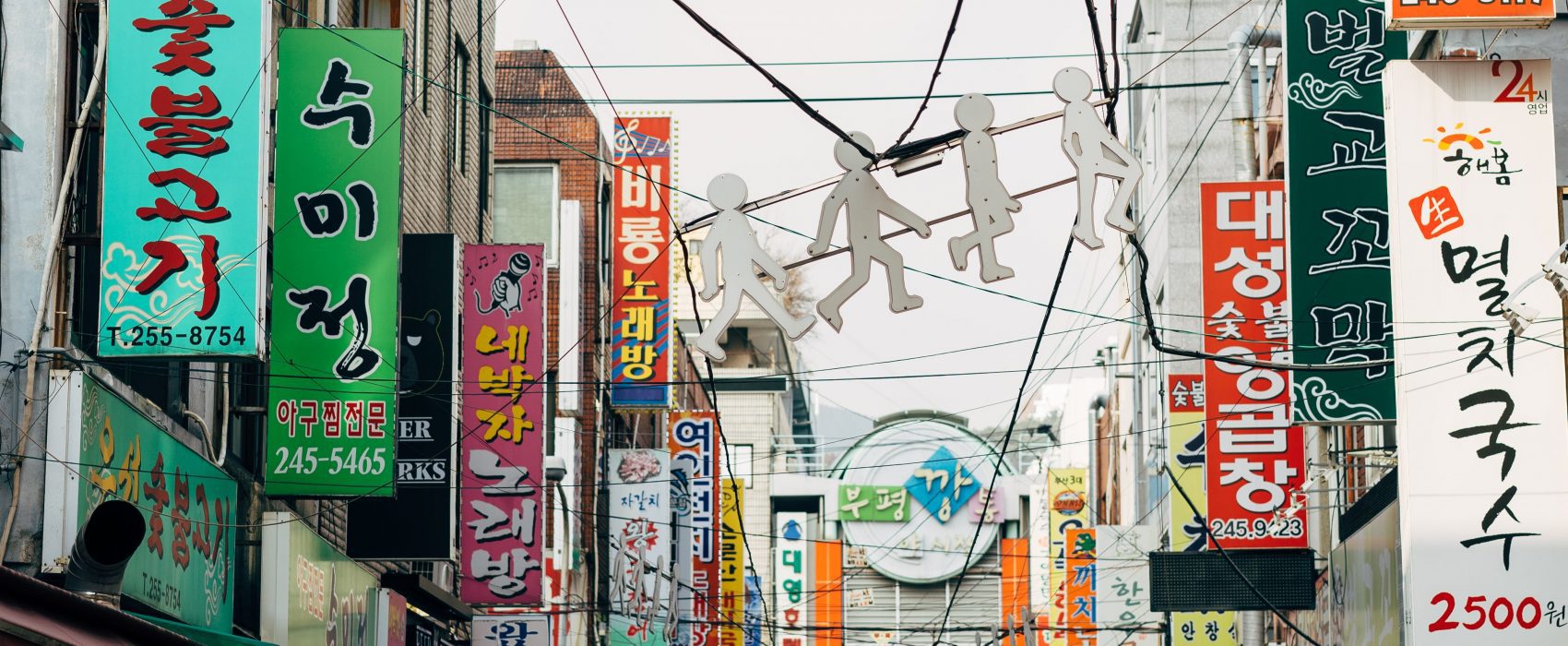Korean into English | The Common Mistakes When Translating
Translating from Korean to English presents a unique set of challenges due to linguistic differences, cultural nuances, and the distinctive writing system of Hangul. While translation is a vital tool for cross-cultural communication, several common mistakes can compromise the accuracy and effectiveness of the translated content. In this article, we will explore these challenges and provide insights on how to avoid the most common pitfalls.
Literal Translation Pitfalls when Translating from Korean into English:
One of the most prevalent mistakes is relying too heavily on literal translations. Korean, with its unique grammatical structures and cultural idioms, may not have direct equivalents in English. Translators must be cautious not to translate word-for-word but rather focus on conveying the intended meaning to ensure clarity and coherence in English.
Ignoring Politeness Levels:
Korean employs a complex system of honorifics and politeness levels known as “Josa.” Misinterpreting or neglecting these distinctions can result in a lack of politeness or an inappropriate level of formality in English. Adapting the translation to the appropriate levels of politeness is essential for maintaining cultural respect and effective communication.
Neglecting Contextual Nuances:
Korean is a language that heavily relies on context for meaning. Neglecting the broader context of a sentence or phrase can lead to misunderstandings in English. Translators should be attuned to the cultural and situational nuances embedded in Korean to accurately reflect them in the English translation.
Handling Honorifics and Politeness Levels:
The Chinese writing system uses characters, each with its own meaning, and translating these characters into English requires careful consideration. A common mistake is misunderstanding the nuanced meanings of characters, resulting in inaccuracies in the translation. Translators should be well-versed in the meanings and connotations of Chinese characters to produce accurate translations.
Misinterpreting Korean Characters:
The Korean writing system, Hangul, consists of characters that represent syllables rather than individual sounds. Misinterpreting the characters can lead to inaccuracies in the translation. Translators must be well-versed in the meanings and nuances of Hangul to produce accurate translations.
Ignoring Subject-Object-Verb (SOV) Sentence Structure:
Korean follows a Subject-Object-Verb (SOV) sentence structure, which is different from the Subject-Verb-Object (SVO) structure commonly used in English. Ignoring this structural difference can result in awkward and confusing English sentences. Translators should be mindful of rearranging sentence structures while preserving the intended meaning.
Mismanagement of Korean Idiomatic Expressions:
Korean language is rich in idiomatic expressions that may not have direct equivalents in English. Misinterpreting or overlooking these expressions can lead to loss of meaning or convey an unintended message. Translators must be aware of cultural idioms and adapt them appropriately for an English-speaking audience.
Translating Korean into English requires linguistic proficiency and cultural awareness. By avoiding common mistakes such as literal translations, neglecting contextual nuances, managing honorifics and politeness levels accurately, interpreting Korean characters correctly, adapting to the SOV sentence structure, and handling idiomatic expressions appropriately, translators can produce translations that effectively bridge the linguistic and cultural gap between Korean and English communication.
Contact VEQTA’s translation team today for assistance with all of your Indonesian translation requirements. We can support your translation requirements in over 200 languages.


